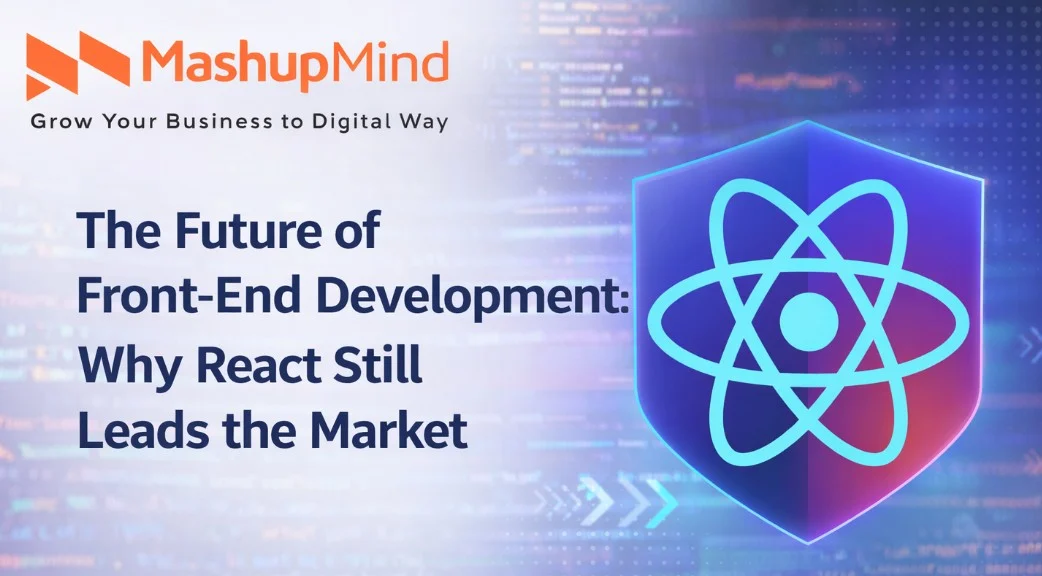The Hidden Cash-Flow Problem Behind Civil Suits
For many growing companies, a single lawsuit can feel like a slow leak in an otherwise airtight balance sheet. Revenue forecasts stall, legal expenses snowball, and executives discover that courtroom clocks move far more slowly than sales cycles. Plaintiffs face a parallel squeeze: rising medical bills, lost wages, or simply the cost of keeping the lights on while the docket crawls forward. Traditional credit lines rarely fit because repayment schedules start immediately and collateral requirements expose personal assets. That mismatch between the pace of litigation and the pace of ordinary business has given rise to a specialized form of non-recourse capital known in everyday conversation as a Lawsuit Loan. Repayment is triggered only if — and when — the underlying claim resolves, aligning incentives between funder and claimant without adding monthly debt service.
From Boutique Deals to Quant-Driven Portfolios
Third-party case funding began two decades ago as bespoke agreements negotiated one file at a time. Today the market looks more like a fintech platform than a private gentleman’s deal. Large funds aggregate hundreds of claims, diversify across practice areas, and rely on algorithmic screening to identify viable matters in hours instead of weeks. A recent Government Accountability Office review estimates that U.S. funders now manage assets exceeding $15 billion (GAO-23-105989), propelled by institutional investors searching for returns uncorrelated with public markets.
Cloud-based document processing, natural-language models that read complaints, and real-time docket analytics have stripped cost out of due diligence work. Start-ups license risk-scoring engines to regional firms, while established hedge funds plug proprietary legal datasets into machine-learning pipelines to refine portfolio construction. The result is a capital market that resembles venture investing: high-touch human insight paired with high-speed data science.
How Predictive Models Price Legal Risk
Underwriting litigation once relied on gut instinct and war-story anecdotes. Modern funders increasingly turn to quantitative signals such as:
- Win-rate history of counsel and courtroom
- Judge-specific timing curves derived from historical docket data
- Settlement clustering that groups similar fact patterns and tracks median payouts
Advanced platforms integrate PACER feeds with insurance-loss databases, then simulate thousands of settlement paths to estimate expected value. When the simulated downside shows a narrow tail — meaning the case rarely collapses to zero — funding offers improve. If a model flags juror hostility in a venue or notes that a particular insurer historically holds out until trial, terms tighten. The GAO report cited above highlights how discount rates shift by practice area, underscoring the sophistication now baked into pricing engines.
Read : Meet Xovfullmins: Your New Smart-Life Companion
Regulatory Guardrails and Ethical Touchpoints
Any infusion of outside capital into litigation sparks questions about confidentiality, privilege, and control. The American Bar Association reminds lawyers that funding contracts cannot override professional judgment or client autonomy (ABA Formal Opinion 484). Federal judges increasingly require disclosure of third-party backing in complex dockets, while several states debate consumer-credit-style safeguards that recognize the non-recourse nature of the asset. Proposed bipartisan legislation would mandate transparency for foreign-backed patent suits, underscoring national-security angles that rarely surface in ordinary finance debates. Taken together, these developments point toward a maturing sector moving out of regulatory gray areas and into clearer daylight.
Why Tech Executives and CFOs Are Paying Attention
For high-growth firms, litigation funding can function as off-balance-sheet insurance: capital arrives when runway is tight, repayment disappears if the claim fails, and shareholder dilution stays off the table. Early-stage startups tap advances to cover expert-witness fees without jeopardizing product deadlines, while later-stage enterprises treat funded claims as contingent assets that may enhance eventual valuations. On the investor side, diversified portfolios provide exposure to legal outcomes that do not track equity indexes, offering a hedge during turbulent macro cycles. The GAO review notes that commercial portfolios have reported internal rates of return competitive with private credit, drawing pension funds and university endowments into the mix.
The Road Ahead: Greater Transparency, Smarter Capital
As artificial-intelligence tools mature, underwriting windows will shrink further and pricing will converge across similar claim types. Real-time API connections to court dockets will feed live updates into models, allowing dynamic repricing when a motion survives summary judgment or a trial date is set. Simultaneously, policymakers are pressing for standardized disclosures that balance investor enthusiasm with the public’s interest in open justice. That combination — better data and clearer rules — positions legal-finance capital to operate less like a niche rescue product and more like mainstream corporate finance.
Closing Thoughts
Litigation may always move more slowly than product roadmaps, but the capital structures surrounding it no longer feel antiquated. By blending machine-learning risk models, diversified funding pools, and evolving regulatory norms, modern legal finance offers a pragmatic bridge between the high burn-rate realities of business and the deliberate cadence of the courts. For technology leaders weighing whether to shelve a meritorious claim or press forward, understanding these funding mechanics is becoming as essential as knowing the difference between Series A and Series B fundraising.







